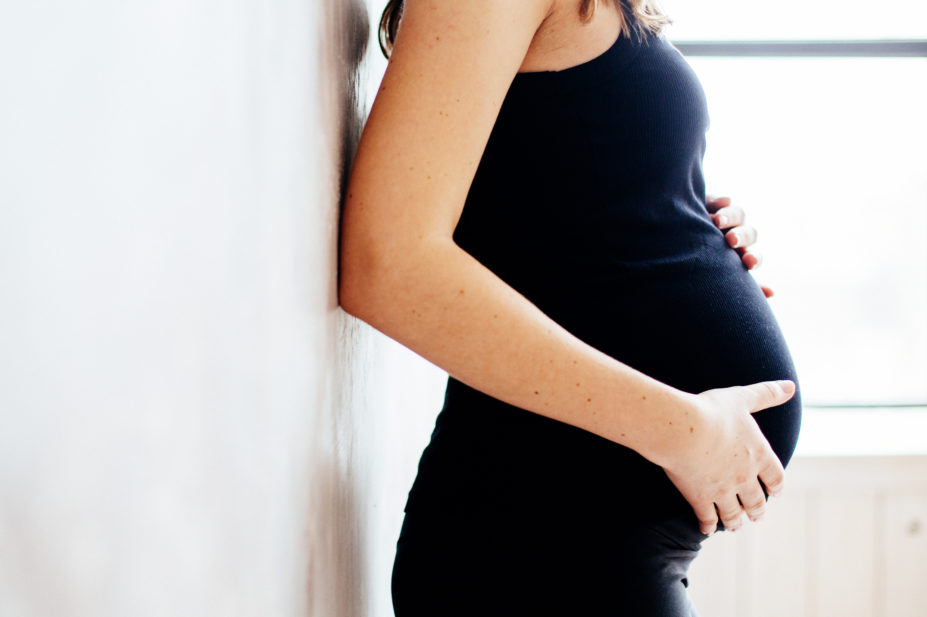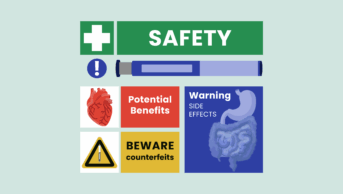
Shutterstock.com
Prenatal exposure to several common antiseizure medication duotherapies is associated with a similar increased risk of neurodevelopmental disorders as exposure to valproate, a study in JAMA Neurology has suggested.
Researchers carried out a population-based cohort study of 4.5 million mother-child pairs, including 25,000 children who were prenatally exposed to antiseizure medications. They estimated the cumulative incidence of autism spectrum disorder (ASD) and intellectual disability (ID) at eight years of age in both exposed and unexposed children.
The researchers found that monotherapy with topiramate or valproate was associated with a 2- to 4-fold increased risk of ASD and ID compared with unexposed children; the adjusted hazard ratios (aHRs) for ASD and ID after topiramate exposure were 2.8 (95% confidence interval [CI], 1.4-5.7) and 3.5 (95% CI, 1.4-8.6), respectively, and after valproate exposure were 2.4 (95% CI, 1.7-3.3) and 2.5 (95% CI, 1.7-3.7).
Prenatal exposure to duotherapies — including levetiracetam with carbamazepine and lamotrigine with topiramate — was also associated with an increased risk of neurodevelopmental disorders within the same range as for valproate exposure; the aHR for levetiracetam with carbamazepine was 3.5 (95% CI, 1.5-8.2) and 2.4 (95% CI, 1.1-4.9) for lamotrigine with topiramate.
However, children exposed to lamotrigine or levetiracetam as monotherapy, or together as duotherapy, had similar risks for neurodevelopmental disorders as unexposed children.
In January 2021, a safety review by the Medicines and Healthcare products Regulatory Agency (MHRA) concluded that lamotrigine and levetiracetam were safer than other antiepileptic drugs in pregnancy because they were not linked with an increased risk of birth abnormalities compared with the general population.
In the review, carbamazepine, phenobarbital, phenytoin and topiramate were all found to be associated with an increased risk of a baby being born with a physical birth abnormality.
Similarly, the researchers found no associations between prenatal exposure to gabapentin and pregabalin and the risk of ASD or ID.
“With regulatory warnings cautioning against valproate use in women of childbearing potential, safety data are urgently needed for alternative treatment options,” the authors wrote.
“Similar to valproate, topiramate is indicated for focal and generalized seizures and migraine prevention … however, our results do not suggest that topiramate is a safe alternative to valproate.”
They said that women of reproductive age who are prescribed topiramate should be informed of the potential risks, and these should be weighed against the benefits and available treatment options.
Daniel Jennings, senior policy and campaigns officer at charity Epilepsy Action, said: “We welcome this research, which reinforces the existing knowledge about the risks of sodium valproate use in pregnancy, as well as the existing knowledge about lamotrigine and levetiracetam being safer to use in pregnancy than other epilepsy medicines.
“It also provides valuable new information around the increased risks associated with topiramate use in pregnancy, and it is now important that these findings are properly communicated to women with epilepsy so they are aware of these risks and can make an informed choice about their treatment during pregnancy.”
Read more: Everything you need to know about sodium valproate and other antiepileptic drugs in pregnancy


